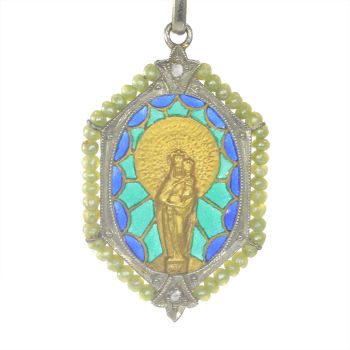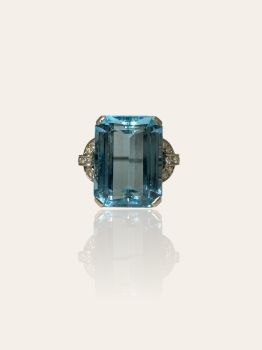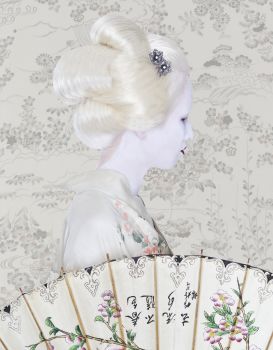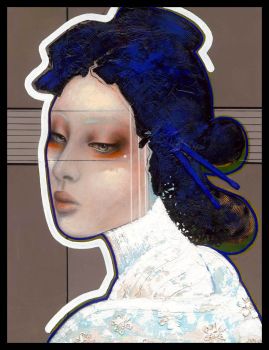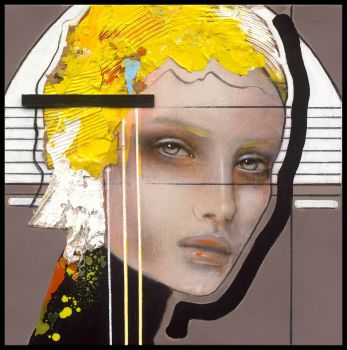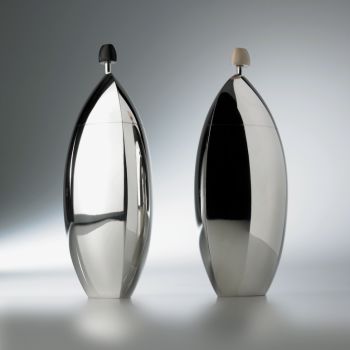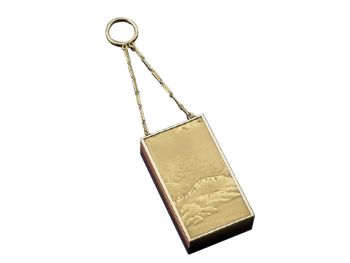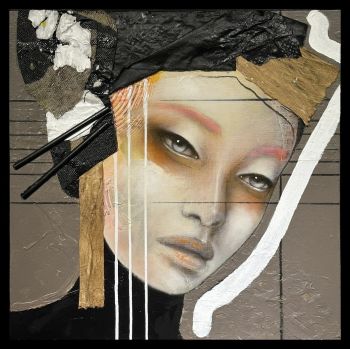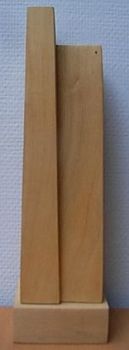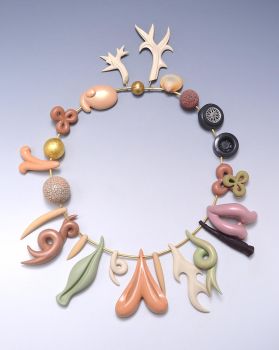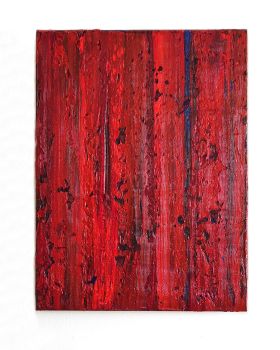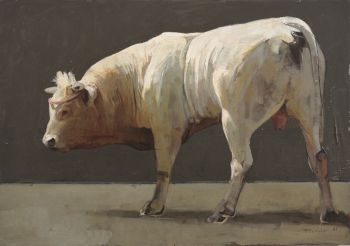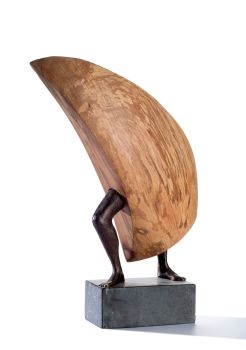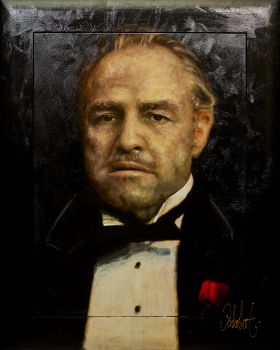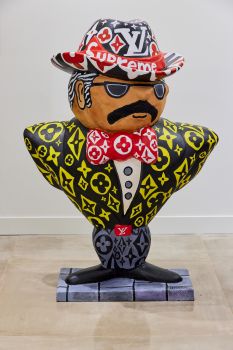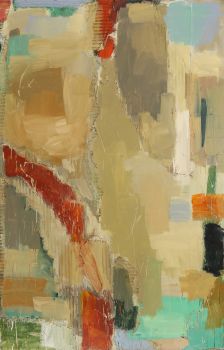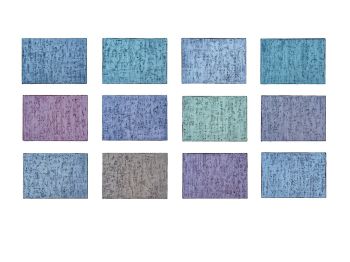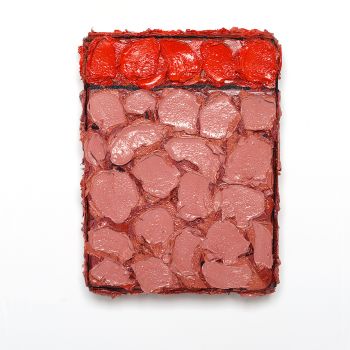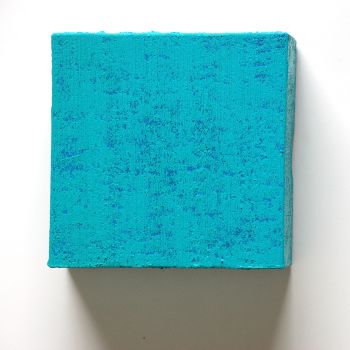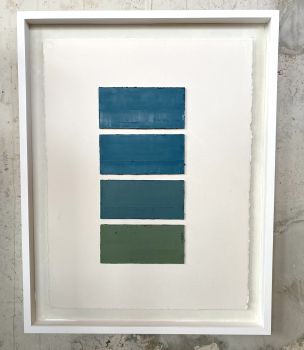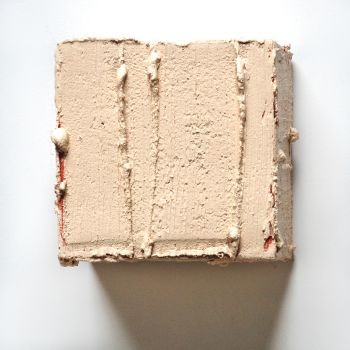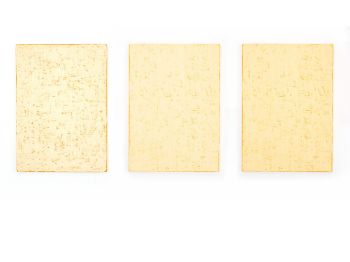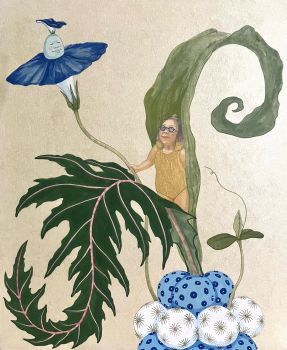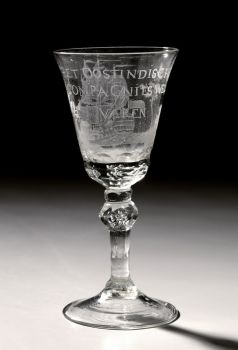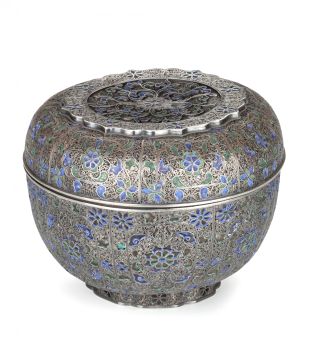A JAPANESE WOOD 'EDICT BOARD', KOSATSU 1685
Artista Desconhecido
Madeira
Preço em pedido
Zebregs & Röell - Fine Art - Antiques
- Sobre arteOf rectangular shape with a shallow-pitched roof, the wood left bare but for a long inscription in ink prohibiting the practice of Christianity and announcing rewards for the capture of Christians of various stature, with a signature for the Governor, Bugyo, and dated Jokyo ninen juichigatsu (November 1685).
H. 47.3 cm x W. 85.5 cm
Note:
Christianity was banned in Japan in the 1630s, and these edict boards were displayed all over Japan after that. However, few have survived due to centuries of rain and wind damaging the wood.
Christianity first appeared in Japan with the arrival of the Portuguese in 1543 and in particular with the arrival of the Jesuit missionary Franciscus Xaverius in 1549. The Jesuits focused their missionary efforts successfully at the higher strata of society, with Daimyo families in Kyushu such as the Satsuma clan joining the faith, partly to obtain imported goods (such as guns) the Portuguese Jesuits were trading in. However the Shogunate, military rulers of Japan, increasingly distrusted the Christian community and after the Shimabara rebellion of 1637-38 during which Christian peasants rebelled against the Shogunate, Shogun Tokugawa fully banned Christianity in Japan.
Other factors led to the ban, such as fear that the missionaries were paving the way for a foreign occupation of Japan and that the converts were spies for foreign powers. The proclamation of 1639 altogether outlawed the promulgation of and adherence to the Christian religion. It also marked the beginning of a long period of anti-Christian persecutions that lasted for two and a half centuries. Signboards such as the present one were set up all over the country, encouraging people to report Christians to the authorities for various financial rewards (500 pieces of silver for a priest and 100 for an ordinary convert). Being found out as a Christian involved the death penalty, sometimes by crucifixion, and symbols and objects used for Christian worship were destroyed or desecrated. Still after the Meiji restoration and the re-establishment of religious freedom after 1867, more than 30.000 “hidden Christians” came out of hiding.
Another “Edict board” relating to the prohibition of Christianity in Japan and dated 1682, is in the collection of the British Museum (acc.n.1895,0721.1). - Sobre artista
Pode acontecer que um artista ou criador seja desconhecido.
Algumas obras não devem ser determinadas por quem são feitas ou são feitas por (um grupo de) artesãos. Exemplos são estátuas dos tempos antigos, móveis, espelhos ou assinaturas que não são claras ou legíveis, mas também algumas obras não são assinadas.
Além disso, você pode encontrar a seguinte descrição:
•"Atribuído a …." Na opinião deles, provavelmente uma obra do artista, pelo menos em parte
• “Estúdio de…” ou “Oficina de” Em sua opinião um trabalho executado no estúdio ou oficina do artista, possivelmente sob sua supervisão
• "Círculo de ..." Na opinião deles, uma obra da época do artista mostrando sua influência, intimamente associada ao artista, mas não necessariamente seu aluno
•“Estilo de…” ou “Seguidor de…” Na opinião deles, um trabalho executado no estilo do artista, mas não necessariamente por um aluno; pode ser contemporâneo ou quase contemporâneo
• "Maneira de ..." Na opinião deles, uma obra no estilo do artista, mas de data posterior
•"Depois …." Na opinião deles uma cópia (de qualquer data) de uma obra do artista
• “Assinado…”, “Datado…” ou “Inscrito” Na opinião deles, a obra foi assinada/datada/inscrita pelo artista. A adição de um ponto de interrogação indica um elemento de dúvida
• "Com assinatura ….”, “Com data ….”, “Com inscrição ….” ou “Tem assinatura/data/inscrição” na opinião deles a assinatura/data/inscrição foi adicionada por outra pessoa que não o artista
Você está interessado em comprar esta obra de arte?
Artwork details
Related artworks
- 1 - 4 / 12
Artista Desconhecido
The Stamford Raffles Secretaires.1800 - 1813
Preço em pedidoZebregs & Röell - Fine Art - Antiques
1 - 4 / 21Artista Desconhecido
UM MODELO JAPONÊS DE UM NORIMONO, UM PALANQUIM1650 - 1700
Preço em pedidoZebregs & Röell - Fine Art - Antiques
Artista Desconhecido
The Stamford Raffles Secretaires.1800 - 1813
Preço em pedidoZebregs & Röell - Fine Art - Antiques
1 - 4 / 24- 1 - 4 / 24
- 1 - 4 / 24
Artista Desconhecido
An Indian part-gilt silver-clad ceremonial sceptre or mace with a tiger’s head1850 - 1900
Preço em pedidoZebregs & Röell - Fine Art - Antiques
 Com curadoria de
Com curadoria deDanny Bree
1 - 4 / 12










